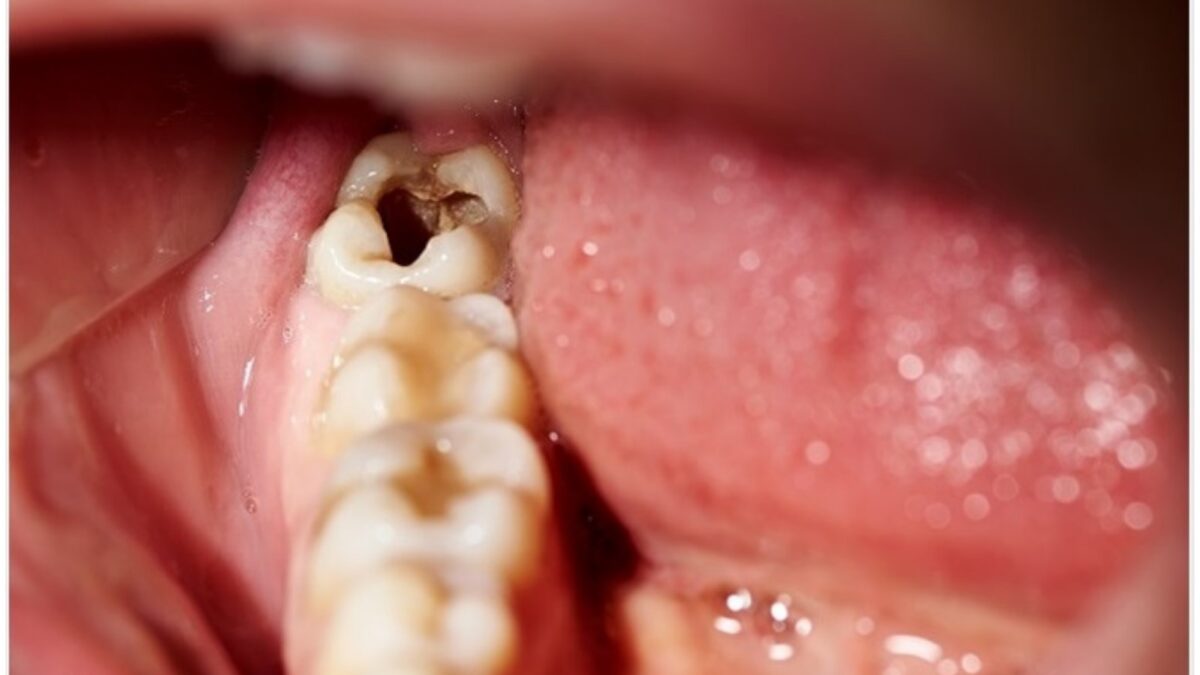Tooth cavity treatment in Kodambakkam, Chennai

Tips to get rid of bad breath
April 6, 2021
Teeth Alignment Treatment and Cost in Chennai
May 8, 2021Cavities are small cracks or gaps in the smooth surface of the teeth that are permanently affected. Cavities, also known as tooth decay or caries, are caused by several causes, including bacteria in the mouth, excessive snacking, drinking sugary beverages, and not brushing the teeth thoroughly.
Cavities and tooth decay are two of the most severe dental complications in Kodambakkam, Chennai. Kids, teenagers, and older adults are affected mainly by cavities. You can visit our dental clinic in Kodambakkam, Chennai, to get the best cavity treatment in Kodambakkam.
If not appropriately treated, cavities can grow more extensive and damage the deeper layer of your teeth. They can cause a lot of pain, inflammation, even tooth loss. Your best defense against cavities and tooth decay is regular dental checkups, a tooth cleaning in Kodambakkam, Chennai, and good brushing and flossing practices.
Reasons behind developing cavities:
Cavities occur by tooth decay, which is a gradual process. The following is the process of cavity development:
- Plaque is a sticky, translucent coating that covers your teeth. It is caused by a diet high in sugars and starches and a lack of dental hygiene. When sugars and starches are not removed from the teeth, bacteria feed on them plaque forms. Tartar can form when plaque remains on your teeth, either below or above the gum line. Tartar allows plaque removal more complex and acts as a barrier for bacteria.
- Plaque acids dissolve crystals in the stiff outer layer of the teeth. Cavities begin as tiny gaps or holes in the enamel as a result of this erosion. Bacteria and acid penetrate the dentin layer of your teeth after hampering your enamel. This coating is softer and less acid-tolerant than enamel.
- Finally, this bacteria and acid reach the pulp. The pulp includes nerves and blood vessels. The bacteria cause the pulp to swell. As a result of swelling, the nerves inside the pulp get pressed. Hence you feel a lot of discomforts.
So, what are the treatments available for tooth decay?
Regular dental checkups can detect cavities and other dental issues until they cause some symptoms or worsen into more severe problems. The quicker you undergo treatment, the higher your chances of restoring and avoiding tooth decay in its early stages.
Cavity treatment depends on the severity of the cavity. There are several treatments available, including:
Treatments of fluoride:
If your cavity has just recently begun, a fluoride treatment may be able to help regenerate your tooth’s enamel and even reverse a cavity in its early stages. You can apply a fluoride solution to your teeth as a gel, liquid, or foam. You can use them in a compact tray that sits over your teeth.
Filling as a treatment:
When the decay has advanced into the early stages, fillings can help in restorations. Fillers can be made of various materials, including composite resins, porcelain, or a mixture of dental amalgam materials.
Dental crowns:
A crown is a custom-fitted covering of your tooth’s entire natural crown. It can benefit if you have significant decay or damaged teeth. Your dentist in Kodambakkam, Chennai, removes all of the decayed areas before putting the crown. Gold, high-strength porcelain, wax, and other materials can be used to make crowns.
Root canal surgery:
You will need a root canal if decay has reached your tooth’s inner material (pulp). Instead of extracting a severely broken or poisoned tooth, this procedure repairs and saves it. While performing the root canal treatment, your dentist may also inject medication into the root canal.
Extraction of teeth:
If decay damages your teeth badly and healing seems to be impossible, you must go for an extraction. A tooth extraction will leave a vacant space in the mouth, allowing your other teeth to move from their original place. Try using a bridge or a dental implant to repair the missing tooth if at all necessary.




